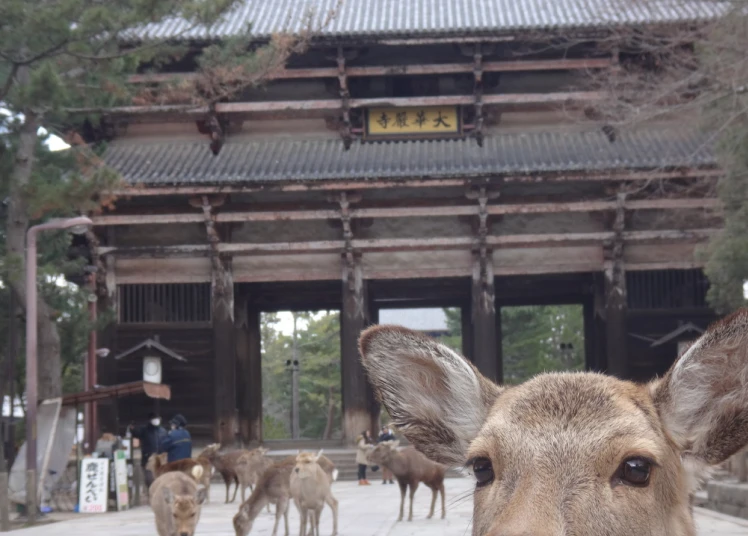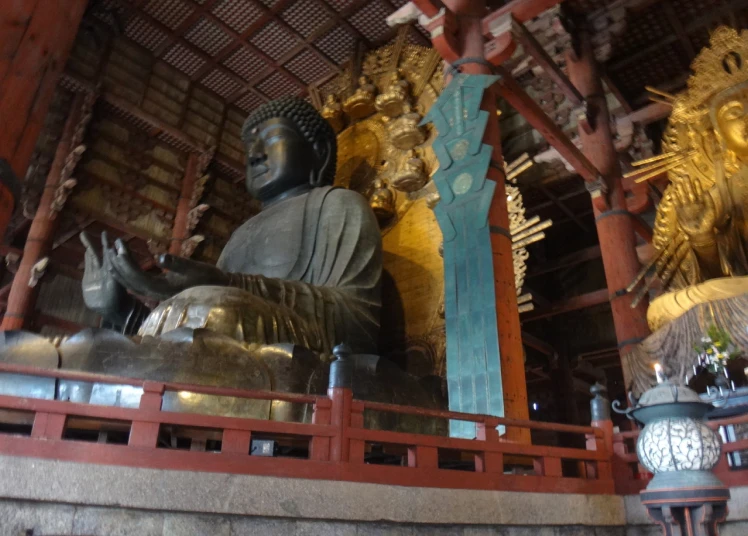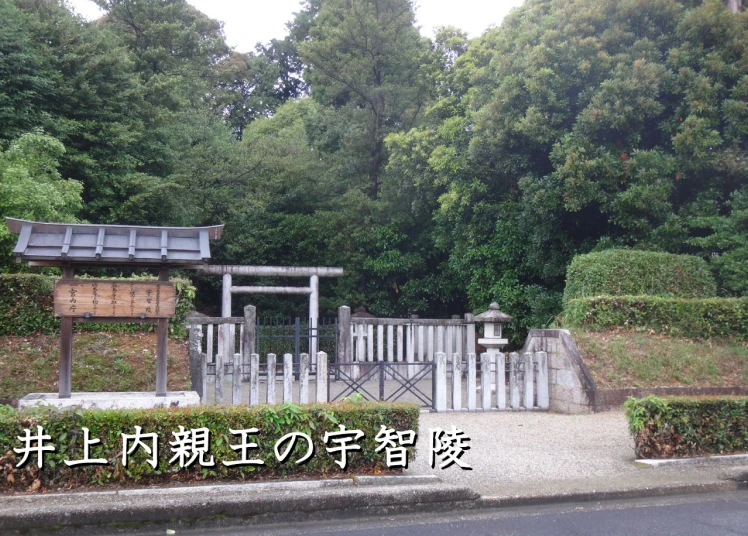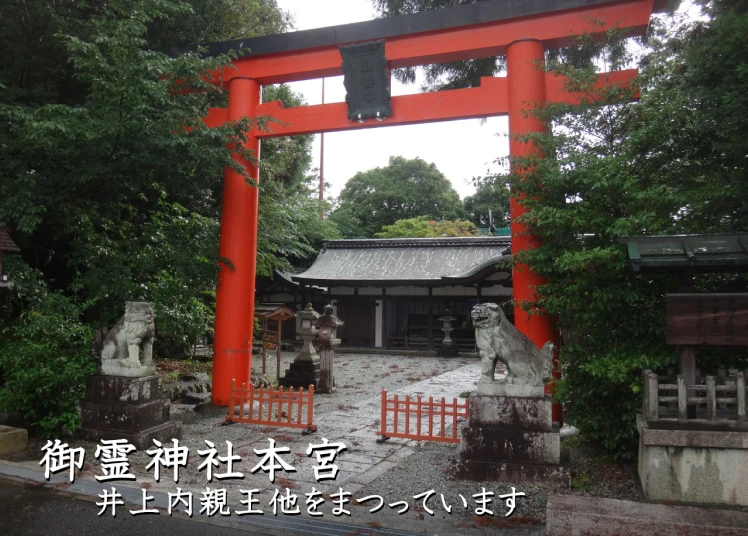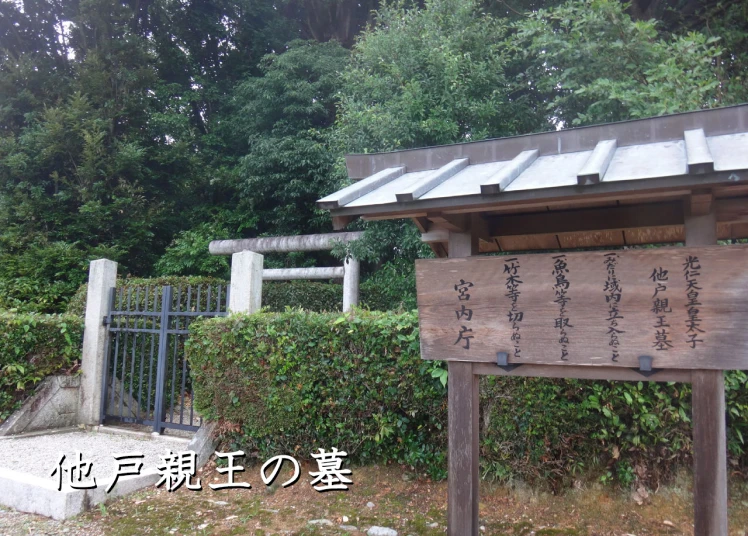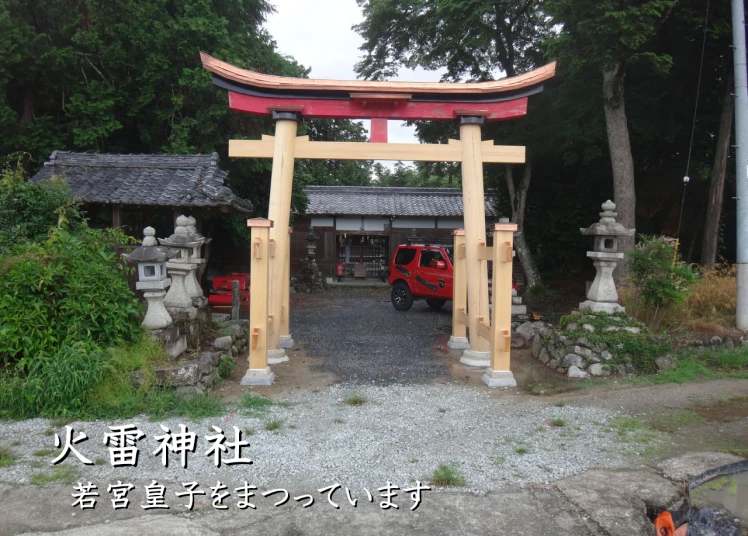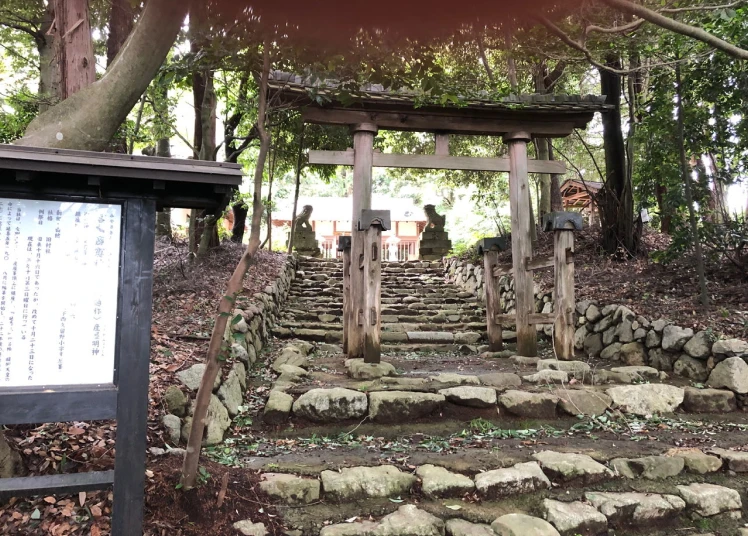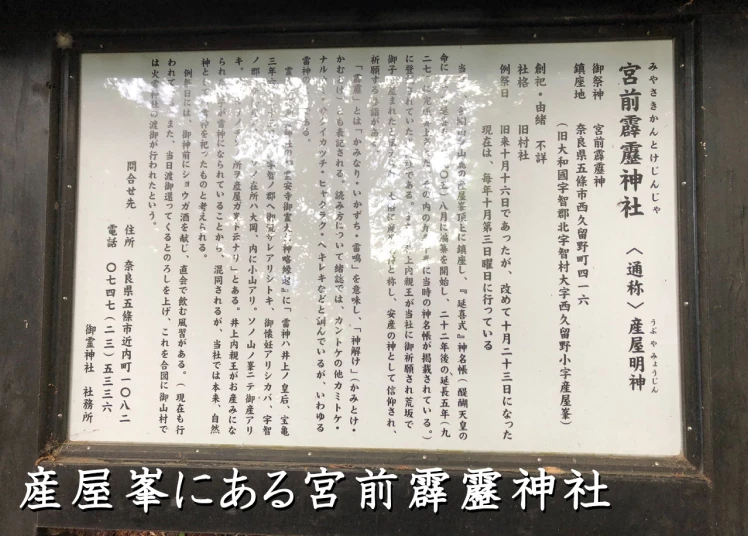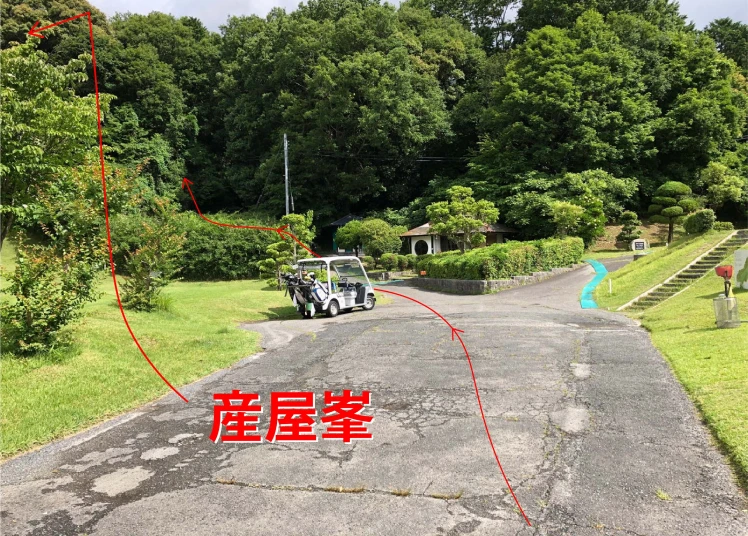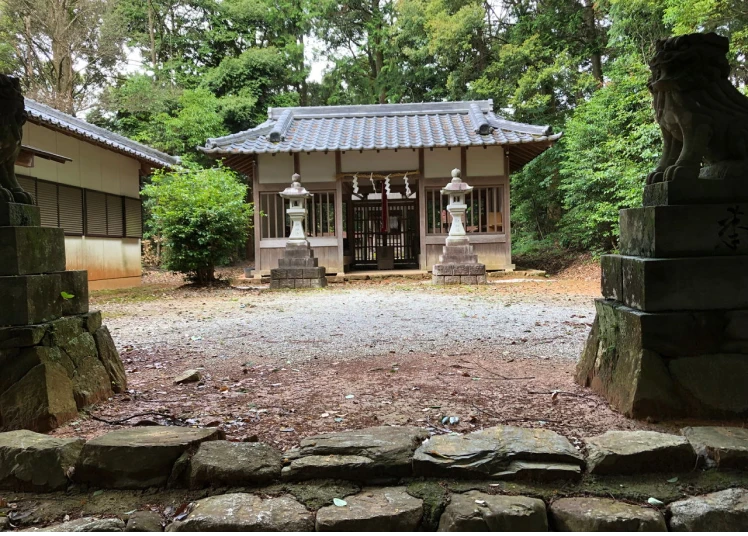
The Origins of Anjo-ji Temple
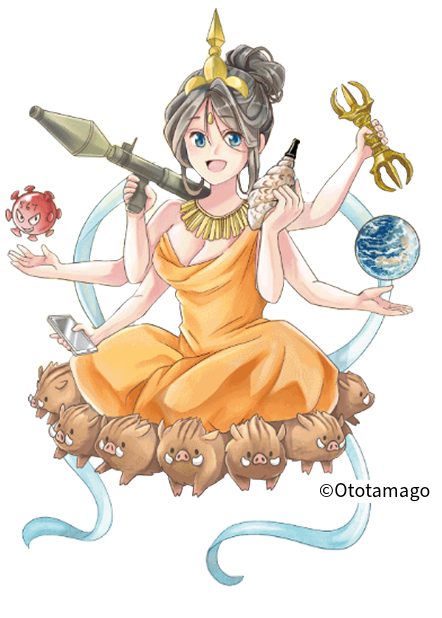
The Hidtory of Anjo-ji temple began 1300 years ago. Founded by En no Gyoja, the patriarch of Shugendo, who received divine revelation, this temple was established to pray for the miracle of Emperor Shomu’s birth. Please discover the story of this special place that continue to receive the prayers of many people transcending time.
Safe childbirth and fertility
The Origins of Anjo-ji Temple - History and Legend

Shinkou-san Anjo-ji is a venerable temple founded by En no Gyoja during the Asuka period.
Shinkou-san Anjo-ji is a venerable temple founded by En no Gyoja during the Asuka period. The principal deity is the Eleven-Faced Kannon Bodhisattva created by En no Gyoja, and it was initially called Shinkou-san Kokusho-ji. During the Nara period, Emperor Monmu’s consort prayed for the birth of a son, and Emperor Shomu was born. As a result, the temple’s name was changed to Anjo-ji. Seven temple halls were established by Emperor Shomu’s imperial decree, and Kobo Daishi (Kukai) also stayed at the temple and contributed to its development. In 773, Princess Inoe, Emperor Shomu’s eldest daughter, was exiled and went into labor during her journey. She prayed to the Eleven-Faced Kannon Bodhisattva at Anjo-ji and safely gave birth. Since then, the Kannon Bodhisattva became known as “Koyasu Kannon” (Kannon of Safe Childbirth). Currently, the temple is located in Uchino, Gojo CIty, and continues to evoke a sense of history.
The Beginning was in the Asuka Period.Founded by En no Gyoja. The principal deity is the Eleven-Faced Kannon Bodhisattva.
This temple is located in Uchi-be of Yamato Province (present-day Gojo City, Nara prefecture) and belongs to the Koyasan Shingon sect. It is currently called Shinkou-san Anjo-ji. It was founded during the Asuka period, in the reign of Empress Jito (645-703). The founder was En no Gyoja (634-701), the patriarch of Shugendo. While practicing asceticism on Mount Katsuragi, he noticed a brilliant light from the southern direction. When he visited the place he encountered Kokusho Myojin Deity. Through this connection, he established a temple at this site, creating and enshrining the Eleven-Faced Kannon Bodisattva himself. He named it Shinkou-san Kokusho-ji after the Kokusho Myojin deity. Anjo-ji is one of the temples founded by En no Gyoja (En no Ozumu), who is said to have been a real person with supernatural abilities including the power of flight.
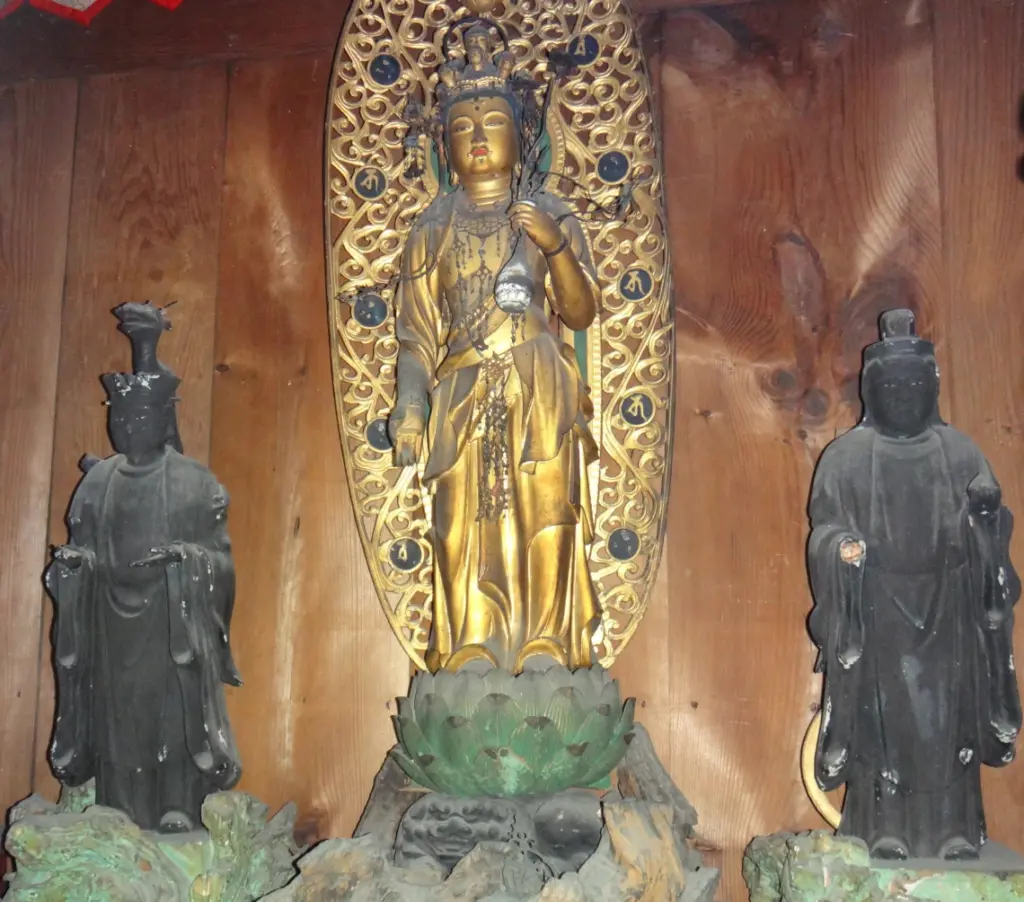
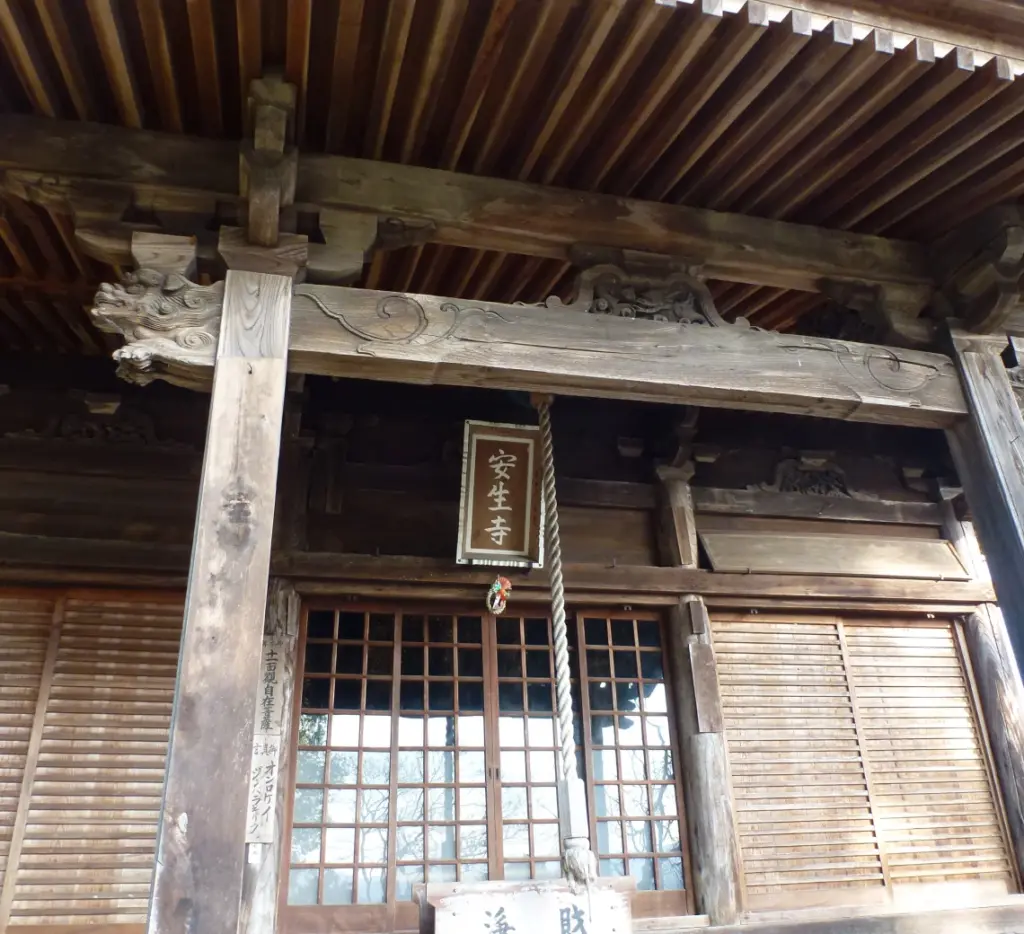
Emperor Shomu's Birth. Efficacious in Conception and Safe Childbirth. Renamed to Anjo-ji
During the reign of Emperor Monmu (683-707), his consort became a devotee of En no Gyoja and prayed at Kokusho-ji for the birth of a son. As a result of the “unfailing spiritual efficacy,” a prince was born safely with ease. Overjoyed, she had the temple renamed from Kokusho-ji to Anjo-ji as a place of miraculous power for conception and safe childbirth. This prince later became Emperor Shomu (701-756), famous for establishing Todai-ji Temple. This represents the wonderful spiritual connection between Anjo-ji and Emperor Shomu.
Emperor Shomu's Imperial Decree.Establishment of Seven Temple Halls and Kobo Daishi's stay
In 737 (Tempyo 9), seven temple halls were established by Emperor Shomu’s imperial decree, making it an imperial prayer temple for eternal prosperity. Kobo Daishi, who had returned from China, also stayed for an extended period and contributed to the temple’s development and prosperity.
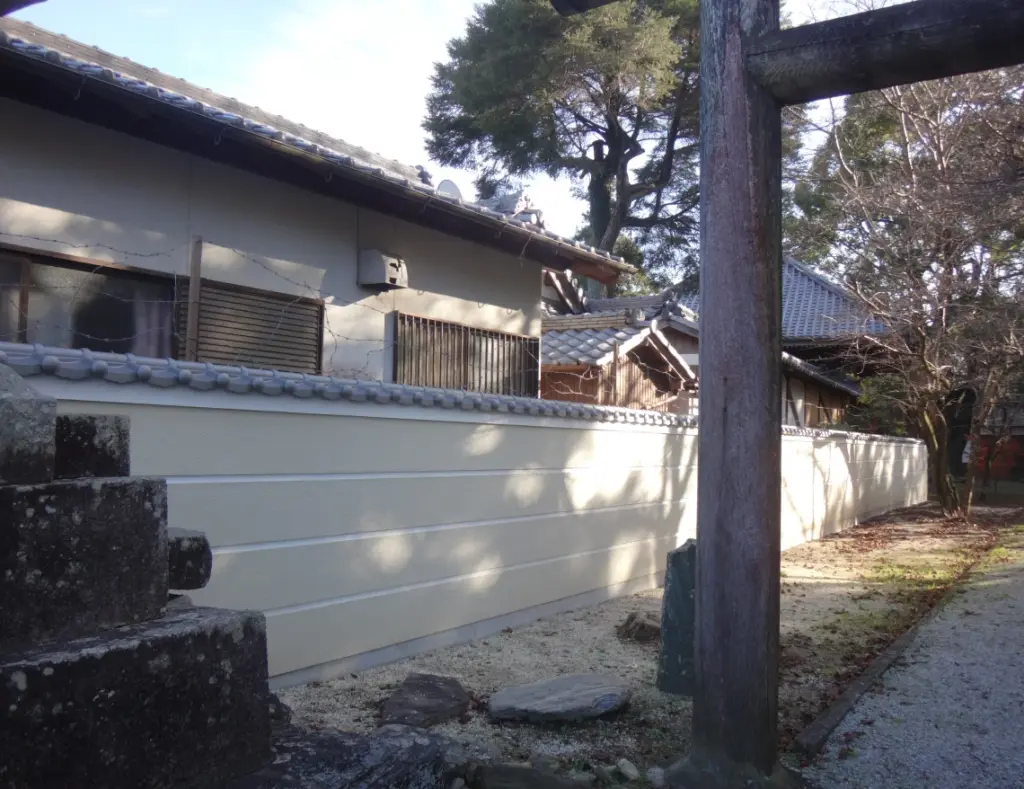
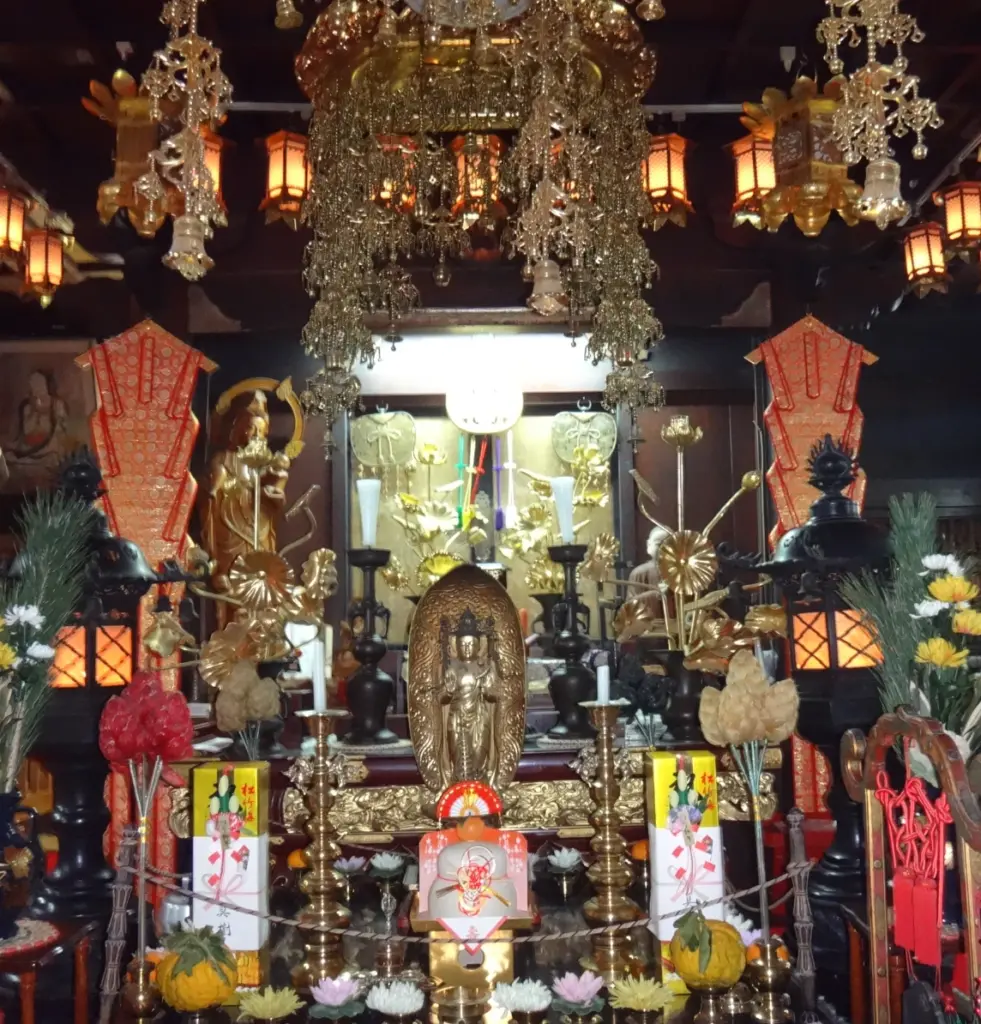
Emperor Shomu's Daughter, Princess Inoe.Curse, Exile, and Late-Age Childbirth.
(n 733, during the reign of Emperor Konin (709-782) Princess Inoe (715-775), who was both his consort and Emperor Shomu’s first daughter, was suspected of casting curses and was exiled to Uchi-be in Yamato Province (present-day Gojo CIty, Nara Prefecture). While traveling to Uchi-be with her son Prince Osabe (761-775), she went into labor and suffered from pain on the journey. At that time, an elderly man appeared and recommended prayers to the Eleven-faced Kannon Bodhisattva at Anjo-ji, which helped her successfully give birth. According to historical records, Princess Inoe was 57 years old – an extremely late-age childbirth. Since then, the Eleven-Faced Kannon Bodhisattva at Anjo-ji has been called “Koyasu (Safe Childbirth) Kannon.” Incidentally, Princess Inoe married around the age of 35 and gave birth to princess Sakahito at 38 and Prince Osabe at 45.
Timeline
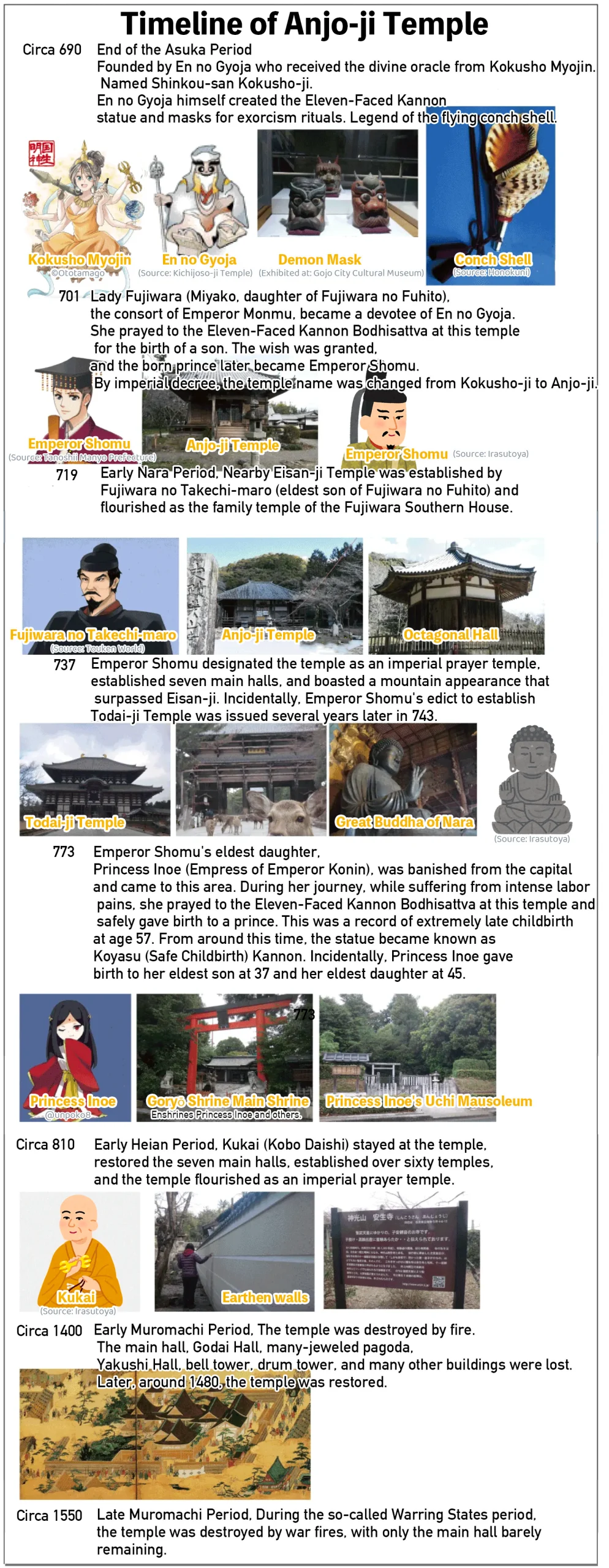
Genealogical and Relationship Diagram
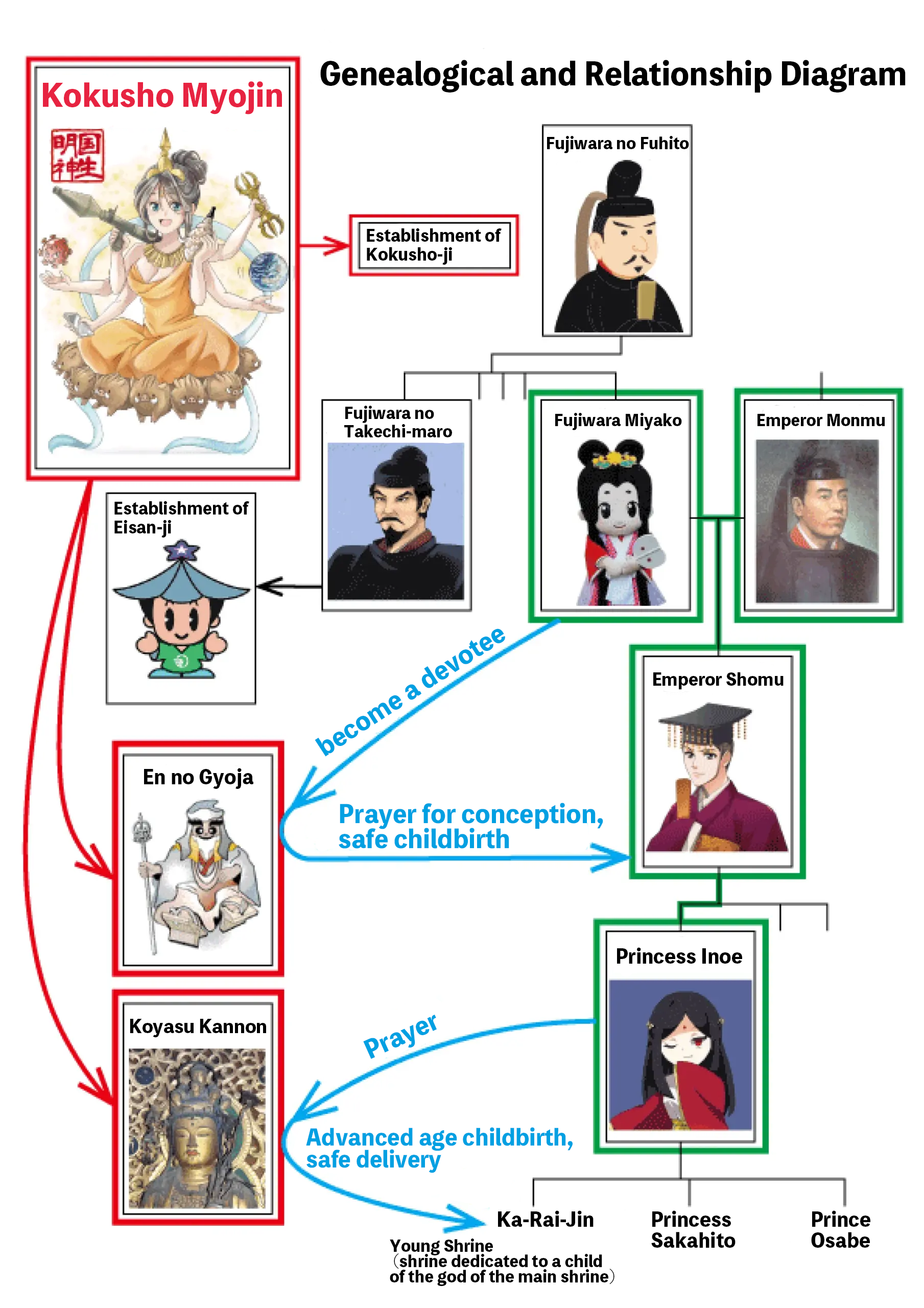
Historical Documents & Bell Inscription
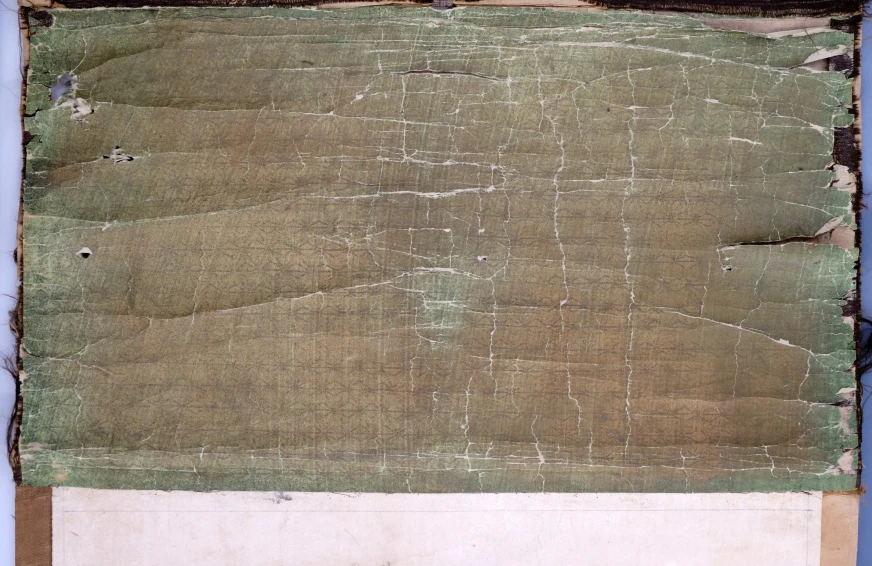
1) Brief Account of the Virtues of Anjo-ji Temple, Uchi District, Yamato Province.(Genroku 16, 1703, mid-Edo period)
2) Record of Repairs of Anjo-ji Temple in Imai Village, Uchi District, Yamato Province.(Genroku 12, mid-Edo period)
3) Respectfully Written by the Fundraising Monk Soumoku.(Bunmei 5, 1473, Muromachi period)
4) Inscription on the Temple Bell.(Kyoho 14, 1729, mid-Edo period)
Photos of Uchi Shrine
